What Best Free Marketing tools do you use to get your online marketing work done?
Can you do all the same work of a digital marketer, and do it for free?
The list of tools you use—often referred to as a marketing stack—probably covers a variety of different uses and needs, everything from social media marketing to content to email and lots more.
What’s in the stack?
Free Alternatives to Paid Tools
For a quick overview, here are the tools I found that seemed to be great, free options for some popular paid services.
- Buffer
- Canva
- Google Analytics
- Hotjar
- Simply Measured
- Open Site Explorer
- Charlie
- HubSpot Email Marketing and HubSpot CRM
- WordPress
- Crowdfire
- Medium
- Wistia
- SumoMe
- Segment
- Peek
- Google Scholar
- Google Trends
- Blog Topic Generator
- Content Idea Generator
- Readability
- Hemingway
- Onpage Optimization Tool
- After the Deadline
- Readability Test Tool
- Save Publishing
- Followerwonk
- Latest.is
- Tweriod
- Must Be Present
- Conversation Score
- Wolfram Alpha Facebook report
- LikeAlyzer
- Fanpage Karma
- Facebook Page Barometer
- Quicksprout
- Website Grader
- SharedCount
- Newsle
- Rapportive
- MentionMapp
- Down For Everyone Or Just Me?
1. Social Media Scheduling: Buffer
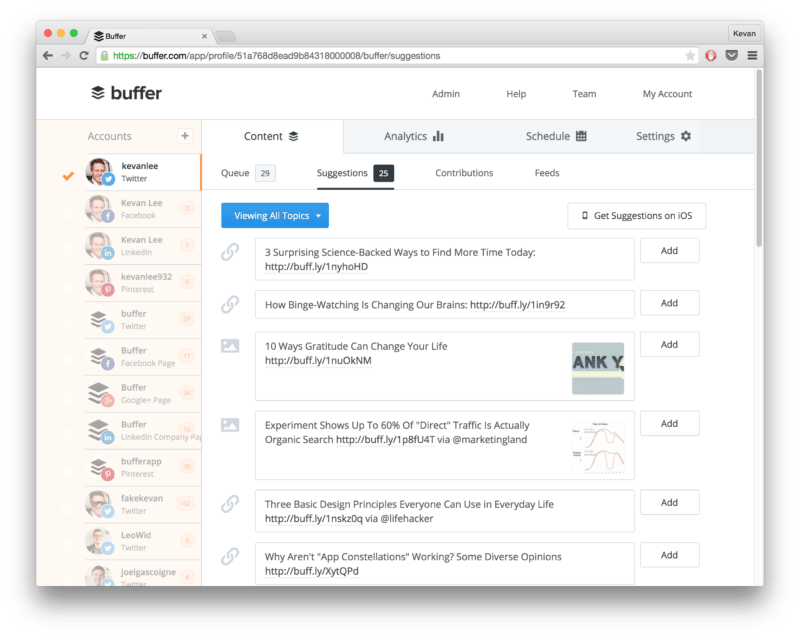
Great, paid options if you can swing it: Sprout Social, MeetEdgar
Perhaps our best time-saving tip for social media marketing is scheduling posts ahead of time for your social profiles. You can batch the social media marketing process: Do all your curating and composing all in one go, then spread those updates out across the next day or week.
How we use Buffer: The forever free plan at Buffer lets you connect a profile from each network (one from Facebook, one from Twitter, etc.) and to schedule ahead 10 posts for each network. If you share three posts per day, that means you can stay three days ahead all the time.
We’ve found a lot of value in the hand-picked content suggestions (thanks to Courtney who finds all that great content!), which are easy to read then add.
Also free:
- Hootsuite (free for your first 3 social profiles)
2. Design: Canva
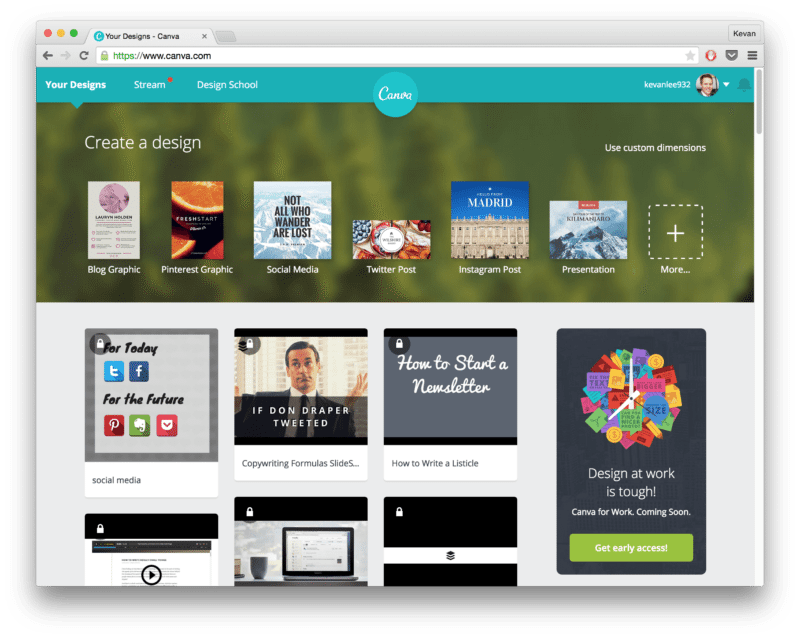
Great, paid options if you can swing it: Photoshop, InDesign
Over 2 million people trust Canva to help with creating images for social media, blog posts, and practically any other use you can imagine.
How we use Canva: The optimized sizes and built-in templates make it fast and easy to create tall pictures for Pinterest, rectangular ones for Twitter, square for Facebook or Instagram, and any size in between. We find Pablo (another free alternative) to be great for Twitter-sized images of 1,024 pixels by 512 pixels, and Canva to work really well for all else.
Also free:
3. Real-time Analytics: Google Analytics
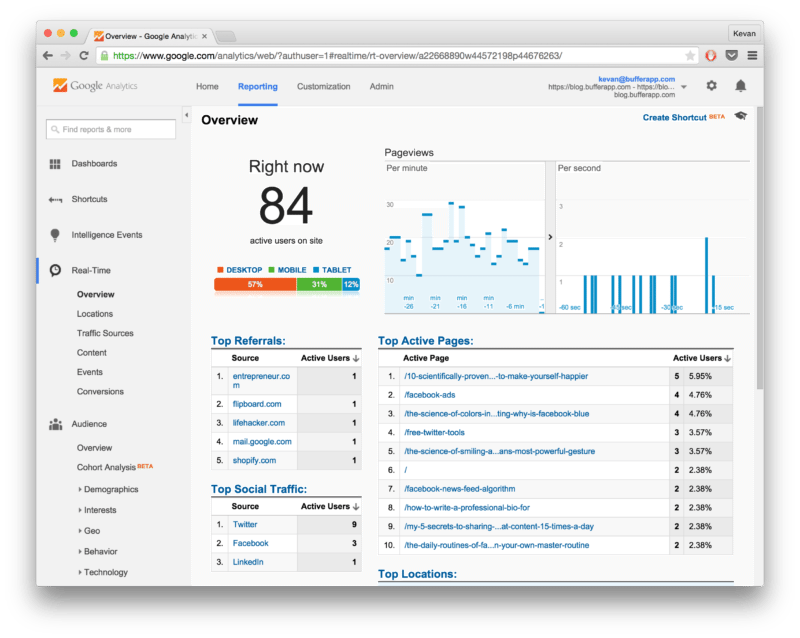
Great, paid option if you can swing it: Chartbeat
Google Analytics does pretty much everything in terms of tracking the traffic to your website. It’s a huge, monstrous amount of info, generously given away for free.
How we use Google Analytics: As a social media marketing team, we appreciate the ease with which we can see traffic from the different networks (Acquisition > Social > Network Referrals). We can check the engaged reading time by looking at Time on Page. And for the real-time stats of who’s on our site right now, we can simply click on Real-Time > Overview.
Also free:
- Go Squared (free for the first 100 visitors and 1,000 data points)
- MixPanel (free for 25,000 events per month)
4. Website optimization: Hotjar
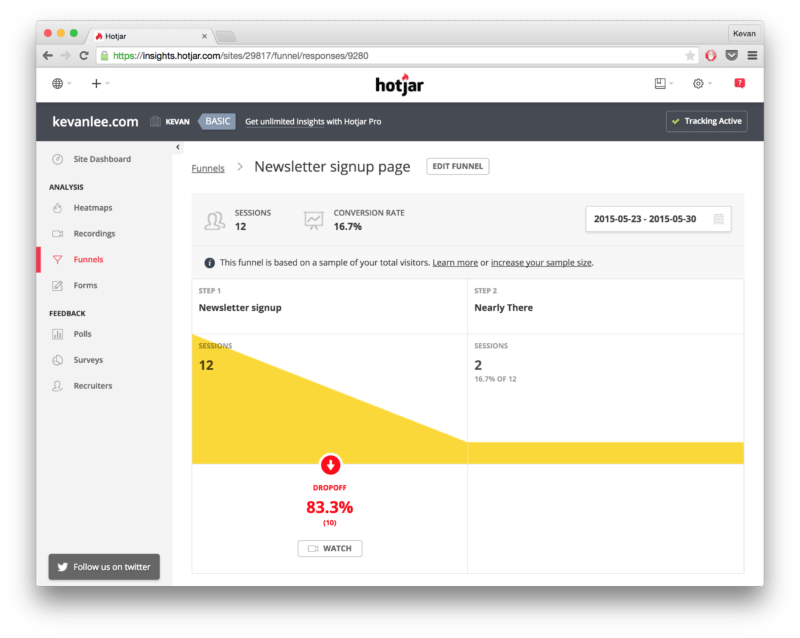
Great, paid options if you can swing it: KISSmetrics, Crazy Egg
Let’s say you’re curious how your visitors are actually using your website—where they click, how far they scroll, etc. Tools like Hotjar can show you exactly what your visitors are doing, via heatmaps, clickmaps, scrollmaps, and visitor recordings. Hotjar also has options to analyze your funnel and to insert messages and surveys to your visitors.
How we use Hotjar: User research can be incredibly powerful stuff. I find great value in seeing how someone interacts with blog posts. How much of the post do they read? Where do they pause? What do they click? Seeing all this information helps me design my posts in a clearer way.
Also free:
- Inspectlet (free for 100 recorded sessions)
- SumoMe Content Analytics
5. Reports: Simply Measured
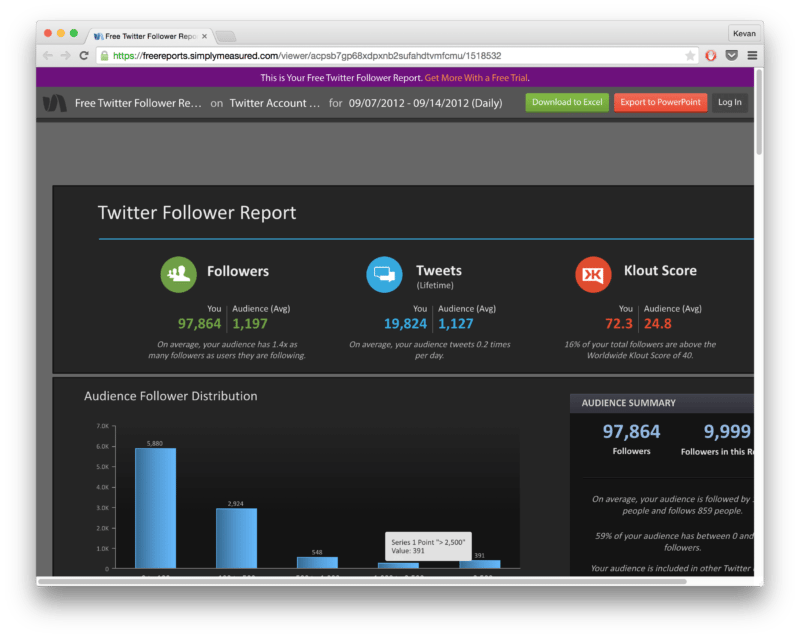
Great, paid option if you can swing it: SumAll Reports
Simply Measured offers enterprise-level analytics and management for big brands and their social efforts. It has a wide array of free tools for the rest of us, too.
Among Simply Measured’s reports are these:
- Twitter Follower Report
- Twitter Customer Service Analysis
- Facebook Fan Page Report
- Facebook Content Analysis
- Facebook Competitive Analysis
- Facebook Insights Report
- Instagram User Report
- Social Traffic Report
- Traffic Source Report
- Google+ Page Report
- Vine Analysis
Phew! That’s a lot of reports!
How to use Simply Measured: Each of these reports costs no money, although Simply Measured will ask for a Twitter follow or a Facebook mention in exchange for the free report. You can save loads of time in pulling reports from this one location as you seek to gain insight on where your social media efforts have been going lately. They’ve got all six major social networks covered: Facebook, Twitter, LinkedIn, Google+, Instagram, and Pinterest.
Also free:
6. SEO: Open Site Explorer
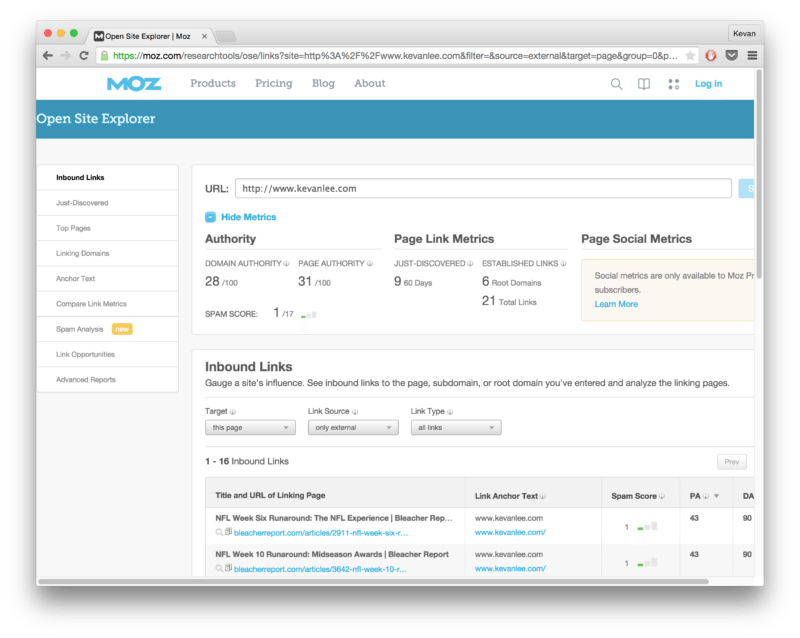
Great, paid option if you can swing it: Moz Pro
is a great free tool for checking your domain and page authority and also for checking how many links you are getting and from which source. You can also check your competition. But the free version only gives you 3 reports per day. Signing up offers unlimited reporting on all your links, keywords and competitors.
How to use Open Site Explorer: Plug your blog’s URL into Open Site Explorer to see the high-level stats like page authority and incoming links. You can also click over to the Just-Discovered tab to see recent links and Top Pages to see which pages on your site get the most links.
Also free:
7. CRM: Charlie
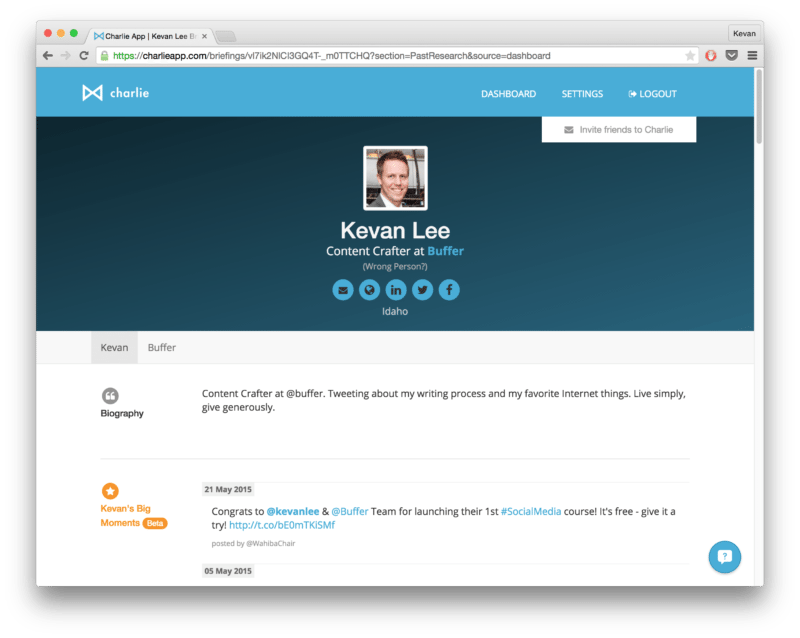
Great, paid option if you can swing it: SalesForce
A lot of the best CRM tools (Customer Relationship Management) help you stay abreast of your current and future customers. Think of a futuristic address book. The best ones are loaded with features and information. Charlie is a bit of a quick-and-easy hack to get to know a person really well.
How to use Charlie: Intended as a tool to help you prep for meeting new people, Charlie gives you a full run-down of a person—social media profiles, biography, interests, big news, etc.—by looking at your upcoming calendar or running an email address. If you’re wanting info on a single person ad-hoc, simply enter their email address into Charlie, and they’ll tell you everything.
Also free:
8. Lead generation and pop up tool: HubSpot Marketing and HubSpot CRM
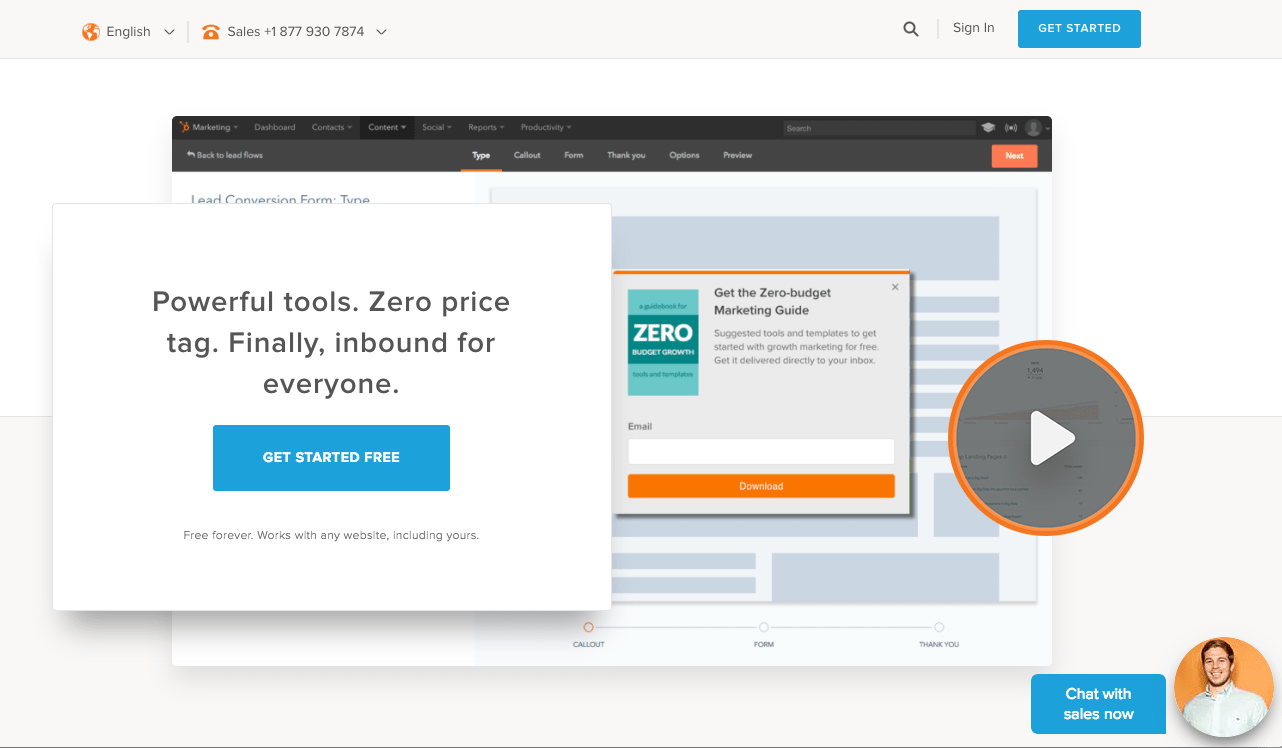
HupSpot Marketing Free allows marketers to easily generate email leads from their website with a free pop up tool.
How to use HubSpot Marketing Free: You can gain a lot of great information about your leads from HubSpot Marketing Free. This pop up tool quickly gathers email addresses from your website and provides key data points like employer and which pages your leads have visited. And if you’re wondering which pages are converting at higher rates than others, it can help with that, too.
Great, paid option if you can swing it: Cirrus Insight
Also free:
9. Landing Pages: WordPress
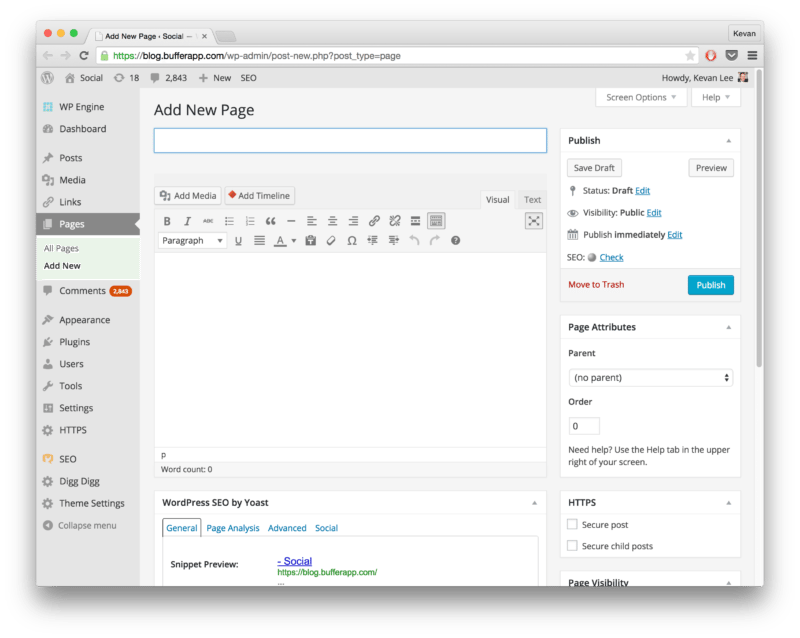
Great, paid options if you can swing it: Unbounce, LeadPages
For those who are running their website or blog via WordPress, perhaps the fastest and easiest way to set up a landing page is simply to create a new page. If you blog with WordPress, the blog content you create falls into Posts. The static content for landing pages—“Download our ebook,” “Sign up for our webinar,” etc.—can be made quite easily via Pages.
How to use WordPress: Build a new landing page in WordPress, and use this as the focal point of your social media ad campaign or your social media updates. Certain plugins like WooDojo even let you hide the content in your sidebar for particular pages, which could be a great option for minimizing the look of your page.
Also free:
- Unbounce free plan (includes Unbounce branding)
10. Twitter management: Crowdfire
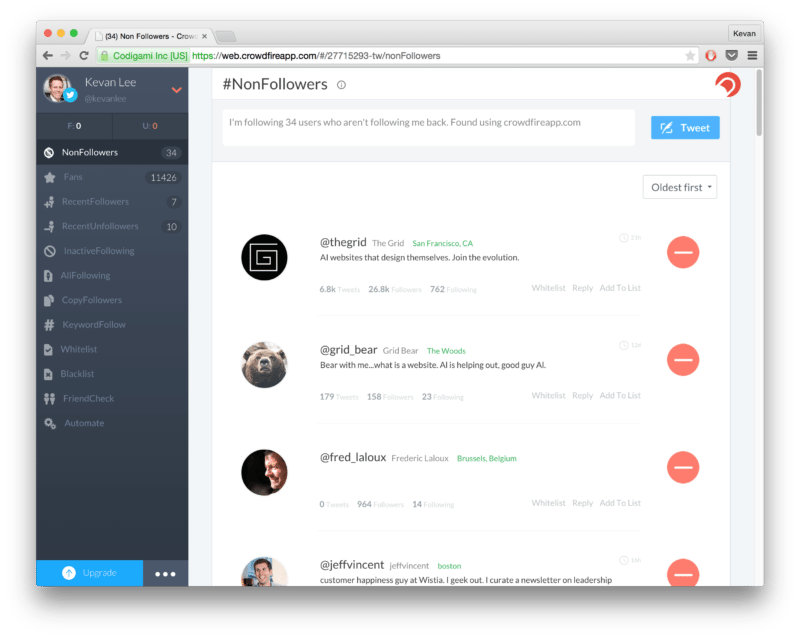
Great, paid option if you can swing it: Crowdfire premium
Twitter has been so generous to open up its app to developers to make some really great tools. Sure, you can manage your Twitter profile directly via Twitter (an always free option), or you can try out tools like Just Unfollow, which allows for bulk sorting and filtering of your followers, along with insights into the demographics of the people in your audience.
How to use Just Unfollow: One way that many experts recommend to keep your Twitter following count in line with your Twitter follower count is to routinely check to see which accounts are following you back and to remove the ones that aren’t. With Just Unfollow, you can do this quickly and easily all from one page—and even whitelist the unfollowers whom you’d like to keep following.
Also free:
11. Blogging: Medium

Great, paid options if you can swing it: Ghost
It feels a bit funny to list Medium as a tool (it’s really more of a network or social media site), but when it comes to starting a new blog as cheaply and quickly as possible, Medium can’t be beat.
How to use Medium: Many young startups kick off their blog at Medium, where they enjoy a built-in audience from the start and have networking tools to help their content spread. Plus, one of Medium’s newest features is an email newsletter where you can automatically get in touch with people who follow you by sharing your latest articles.
Also free:
- WordPress.com
- Blogger
12. Video: Wistia

Great, paid option if you can swing it: Wistia Pro, Vimeo Pro
Once you’ve created an amazing video to share on social media or your website, where will you put it? The default seems to be YouTube, which is quick and easy but comes with less control and potentially some unrelated ads or suggestions. Wistia is made for marketers’ videos because the player keeps people on your page—or sends them precisely where you want them to go next.
How to use Wistia: After you’ve uploaded your video, you can hop into the settings and add things like call-to-action buttons or email capture formsat the end of the video. Wistia also makes it easy to view heatmaps and viewing trends of your videos, like how far most people get through your video, when they pause or click, etc.
Also free:
13. Share buttons: SumoMe Share
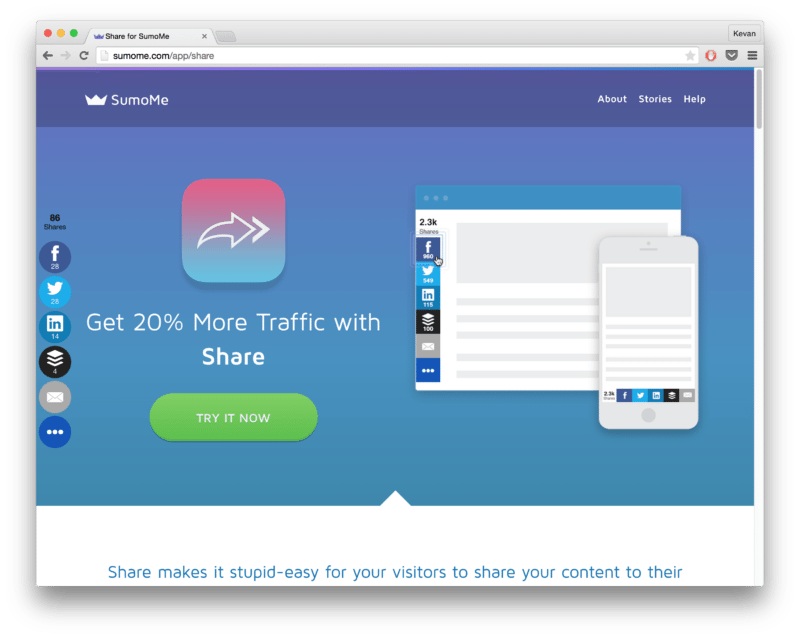
Great, paid options if you can swing it: Easy Social Share Buttons
The ubiquitous share buttons you see along the side of blog posts, many of them come from SumoMe. The any-website buttons (you don’t have to run a WordPress blog to use them) are part of the SumoMe suite of website products. If you’re okay with some SumoMe branding, you can add the buttons for free to any page and customize the networks that appear by default.
How to use SumoMe Share: SumoMe gives you a lot of control over the appearance of the share buttons, both in which buttons are displayed and where on the page they’ll sit. One of the great features also is that they look good on mobile devices, so you maintain a great way to encourage sharing no matter where your audience is reading.
Try our full stack of brand building tools
We’ve built a full stack of social media tools to help modern brands grow their awareness, engagement, and sales.
Also free:
14. Analytics: Segment
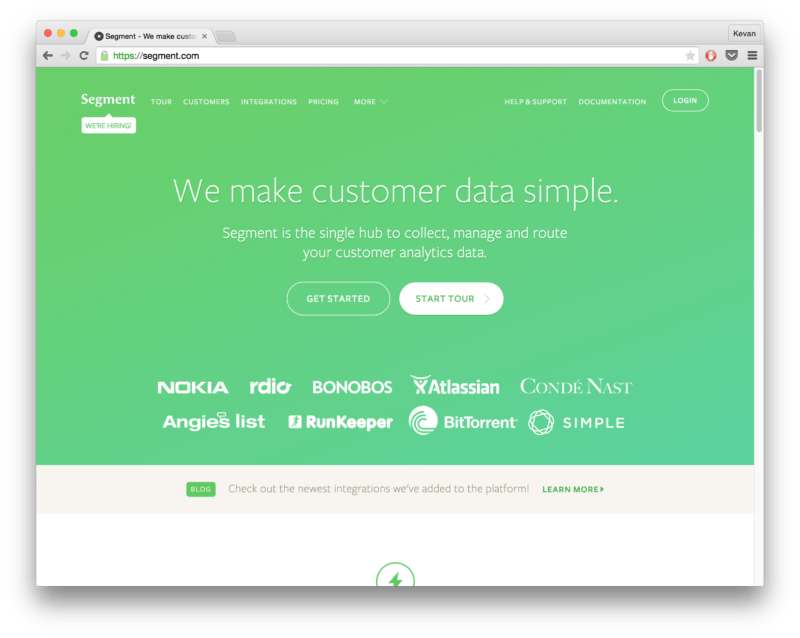
Great, paid options if you can swing it: Usability Tools
I’ve heard Segment described as the one and only interface you’ll ever need for all your third-party apps. And I sure do see it recommended a lot. From what I can gather, Segment makes it easy for anyone—engineer or not—to connect new software to your website; once the Segment snippet is added, you can connect other apps like MailChimp, Google Analytics, etc. just by clicking around in your Segment dashboard. Segment handles all the visitor data for you.
How to use Segment: Rob Sobers put together a really handy guide to how he’s set up Segment for his SaaS business.
15. Testing: Peek
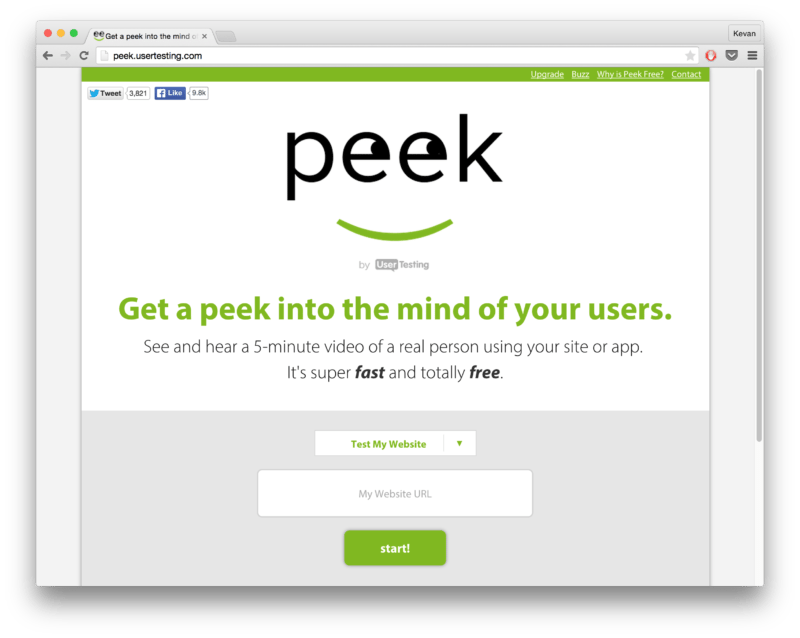
Great, paid options if you can swing it: Optimizely, User Testing
When it comes to understanding how people are using your website—A/B testing, user testing, that sort of thing—there are some really fantastic paid options that can give you lots of insights. There’s also Peek, a free tool from User Testing that lets you see and hear a five-minute video of a real person using your website.
How to use Peek: For first-time insights, you may wish to have a person go through your website or blog from the home page. Later on, you might ask for someone to test out a certain flow through your website by starting someone on a landing page. The tests take about 2-3 days to complete, and you can run three Peek tests every month.
Also free:
Free Marketing Research Tools
We’ll start at the beginning: researching topics, sites and ideas.
16. Google Scholar
I don’t know why more people don’t talk about Google Scholar, but I love this tool for researching science-heavy articles and digging into emerging studies. It limits your search to articles, theses, books, abstracts and court opinions, from academic publishers, professional societies, online repositories, universities and other web sites. Pair it with a Google Alert to get amazing research on your topics of interest delivered right to your inbox.

17. Google Trends
See what the world is searching for and how interest in concepts has changed over time with Google Trends. For example, I feel like I’m suddenly hearing about “growth hacker” and “growth hacking.” Are you, too? I input those terms into Google Trends and it looks like there is a sudden new interest in the concept.

18. Blog Topic Generator
Stumped for ideas? Give HubSpot’s Blog Topic Generator a few nouns that describe your content areas and it’ll spit out a week’s worth of post ideas.

19. Content Idea Generator
Enter a keyword for a fun, irreverent suggestion from Portent’s Content Idea Generator.

Free Reading and Writing Tools
These tools offer help with readability, keyword density, and spelling and grammar
20. Readability
Drag the Readability bookmarklet to your toolbar to convert any content on the web into a simple, easy-to-read format with an estimate of how long it’ll take you. Also check out the other bookmarklet options here, including one that sends longer content to your Kindle to read later.

21. Hemingway
Simple, clear writing – we all strive for it. Get a little help with Hemingway. Paste a passage into the app and you’ll get an analysis that highlights overly dense passages, unnecessary adverbs, and more.
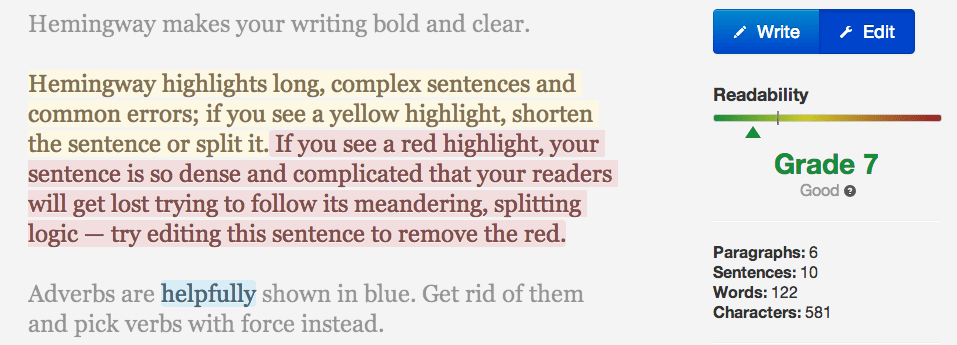
22. Onpage Optimization Tool
This free onpage optimization tool from Internet Marketing Ninjas is a one-stop look at what’s going on a specific page of your site. Toss in a URL and see stats on keyword density, internal and external links and more.
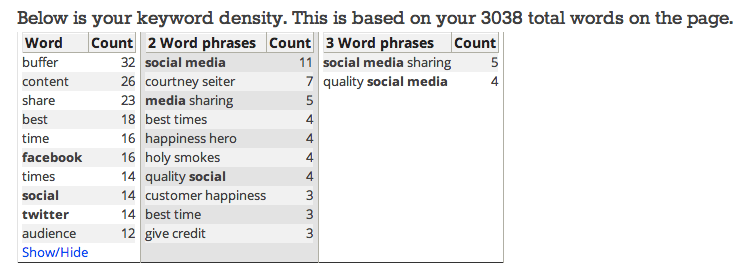
23. After the Deadline
A Chrome extension, After the Deadline checks spelling, style, and grammar wherever you go on the web.
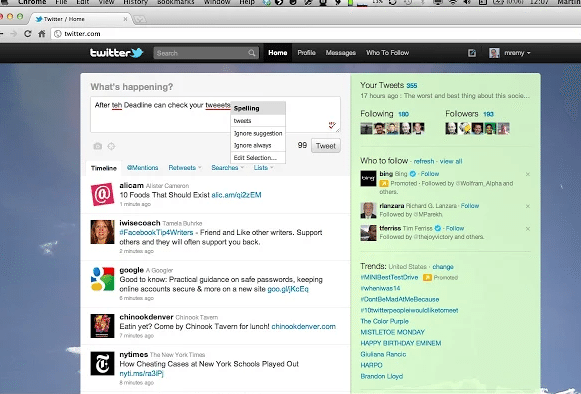
24. Readability Test Tool
Enter a web address or a block of text into the Readability Test Tool for an easy-to-understand analysis of your content. This tools measures a ton of different readability scores, and does a good job of explaining each one.
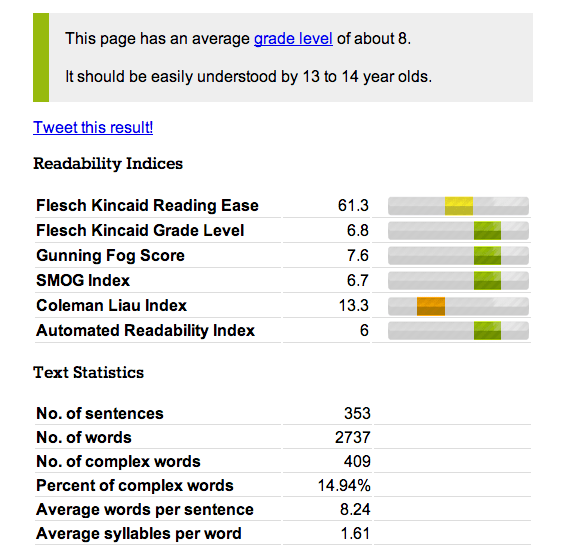
Free Twitter Marketing Tools
These tools help you maximize your Twitter presence, from timing to sharing to analysis.
25. Save Publishing
Instantly find passages under 140 characters with Save Publishing, a handy bookmarklet that highlights tweetable passages on your screen. Post to Twitter with one click (or Buffer simply by highlighting a passage and clicking the Buffer extension)
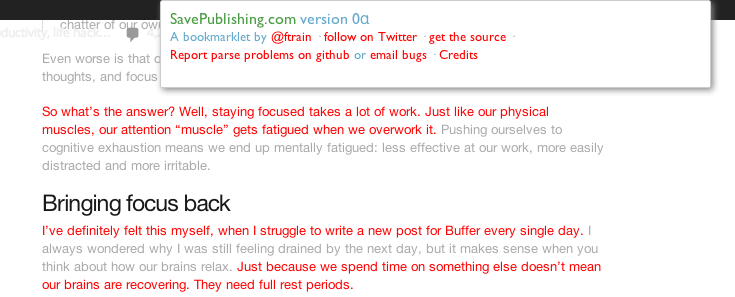
26. Followerwonk
We hope you’ve already heard of Followerwonk, one of Buffer’s many partners in amazing social media data. In addition to offering lots of super useful data about timing on Twitter, Followerwonk also has some other neat Twitter features, like the ability to compare followers of different accounts like so.

27. Latest.is
It’s not breaking news. It’s not nonsense hashtags. Latest.is is an automatically generated list of interesting links on Twitter, surfaced through an algorithm that focuses on “the people that always tweet the best links – first” (no, it doesn’t tell you who they are).

28. Tweriod
Tweriod analyzes your account to show you the best times to tweet for more exposure and replies. Bonus: Once you get your peak times, you can sync your Buffer account with them!
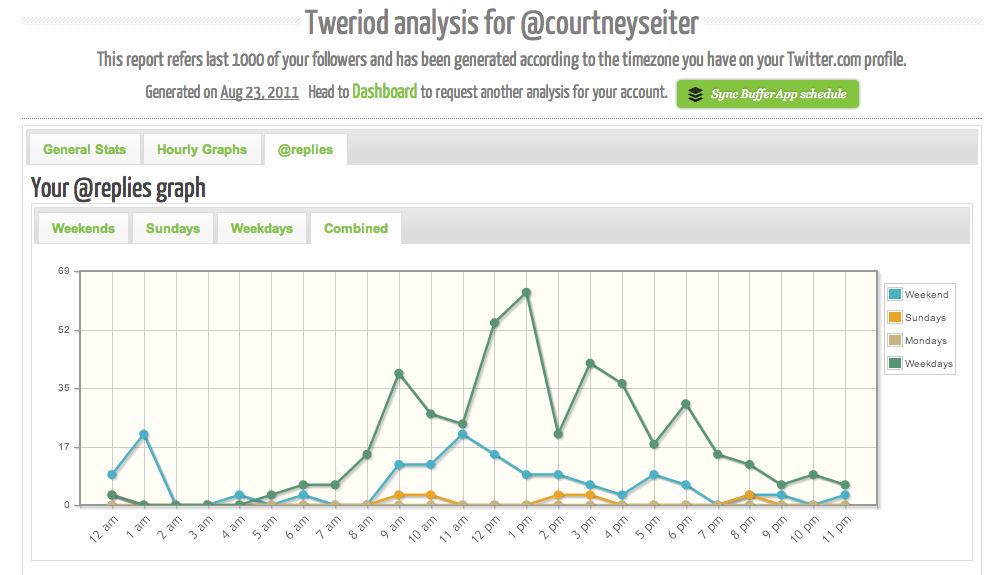
29. Must Be Present
A free tool from Sprout Social, Must Be Present calculates how often and how quickly you respond to comments and questions on Twitter (in exchange for your email address and a bit of other info).
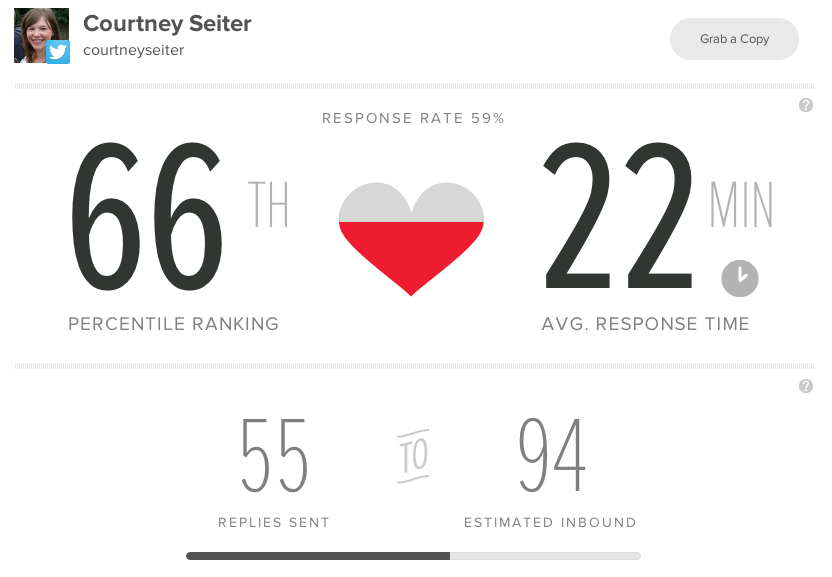
Free Facebook Marketing Tools
These tools analyze one or more Facebook pages to deliver an analysis or report on your activities – particularly important as Facebook is always changing.
30. Conversation Score
Discover any Facebook Page’s influence, engagement and performance with Conversation Score.
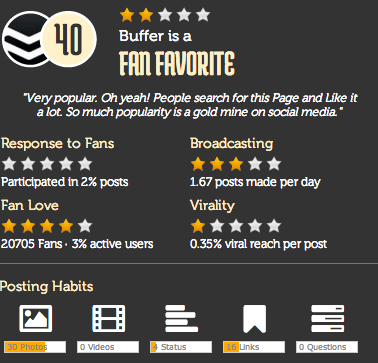
31. Wolfram Alpha Facebook report
To analyze your own Facebook account and get lots of interesting data about your connection, the language you use, the times of day you post and more, try Wolfram Alpha’s Facebook report.
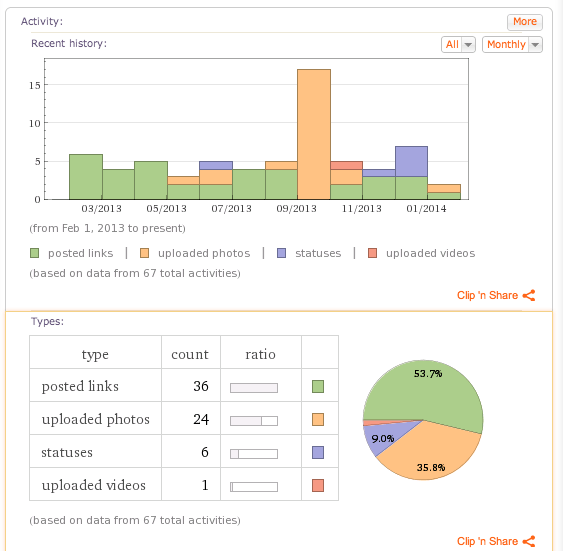
32. LikeAlyzer
LikeAlyzer provides you with recommendations and feedback on your company’s presence on Facebook based on metrics including presence, dialogue, action and information.
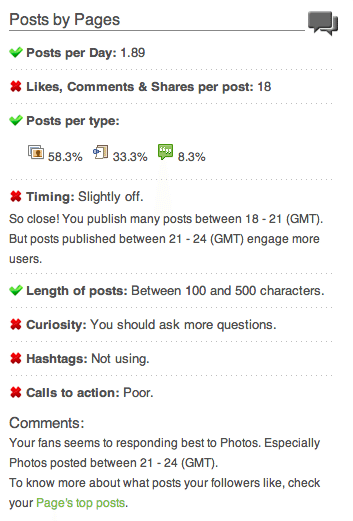
33. Fanpage Karma
Fanpage Karma is all about competition. Compare two fan pages by entering their names or IDs and see which ones comes out on top.
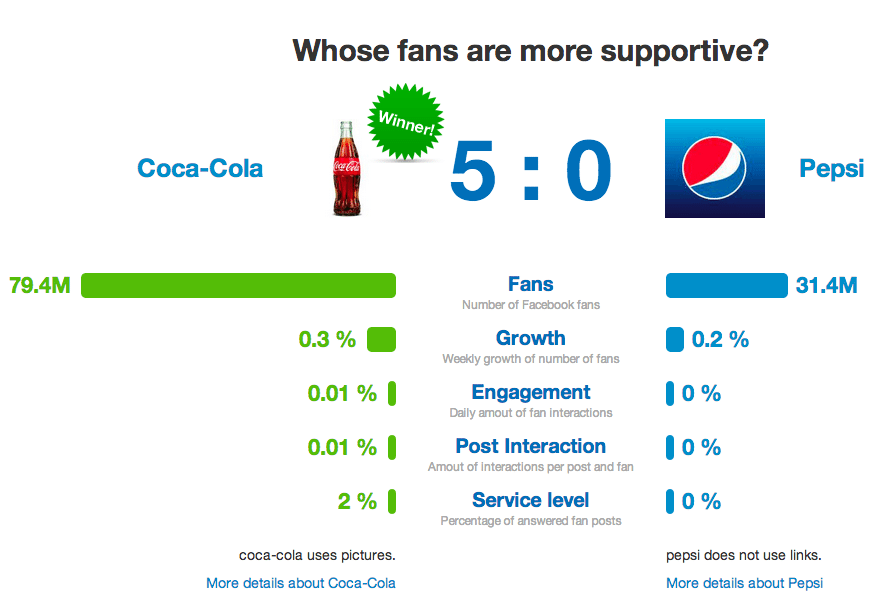
34. Facebook Page Barometer
Agora Pulse’s Facebook Page Barometer keeps track of how your Facebook performance stacks up against the average performance of 6,000+ pages.
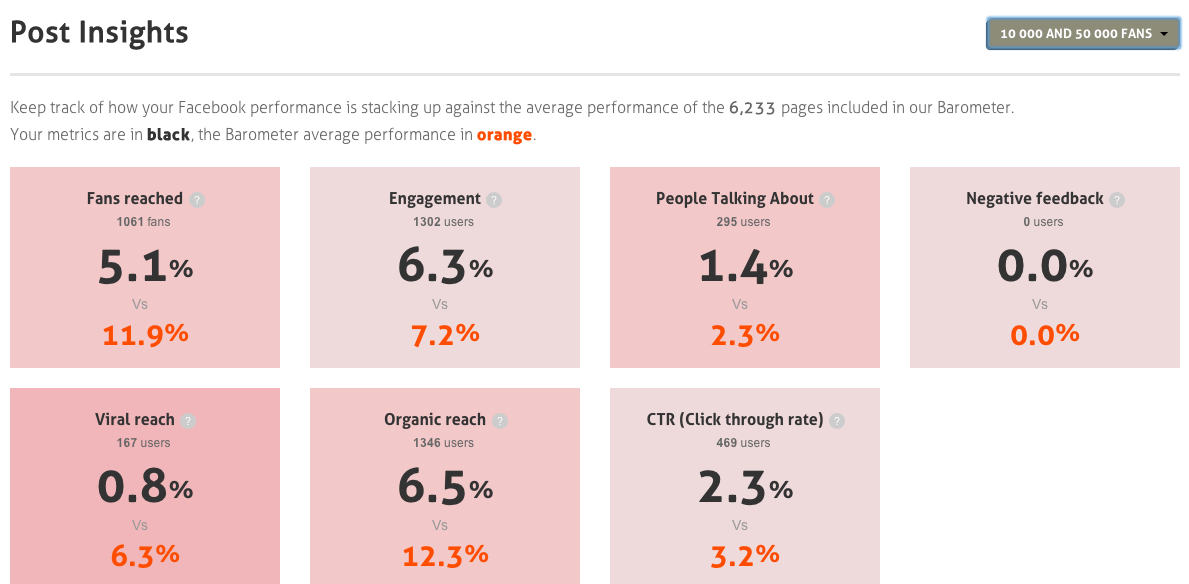
Free Website Analysis Tools
These tools give you an overall look at many different facets of your site or marketing strategy.
35. Quicksprout
by QuickSprout is a really comprehensive website audit, social media analysis and competitor report, all in one.
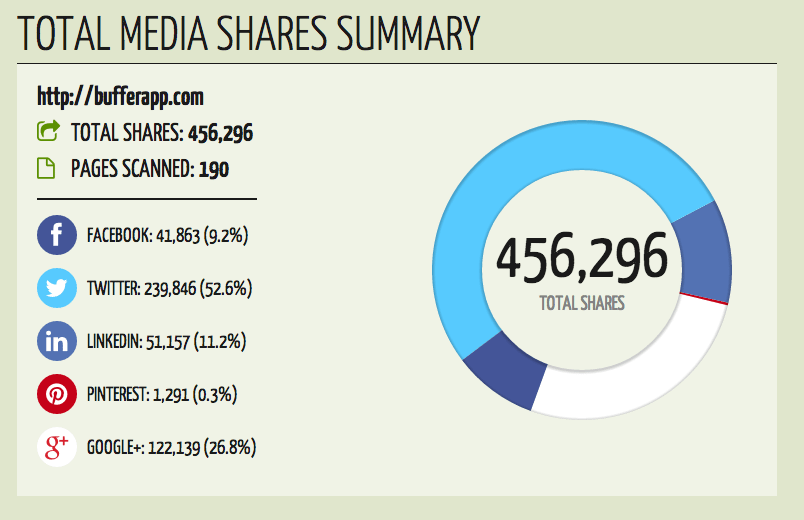
36. Website Grader
HubSpot’s Website Grader gives you the overall performance and “grade” of your website based on mobile factors, SEO, security, speed, and performance, plus tips on how to improve your website…
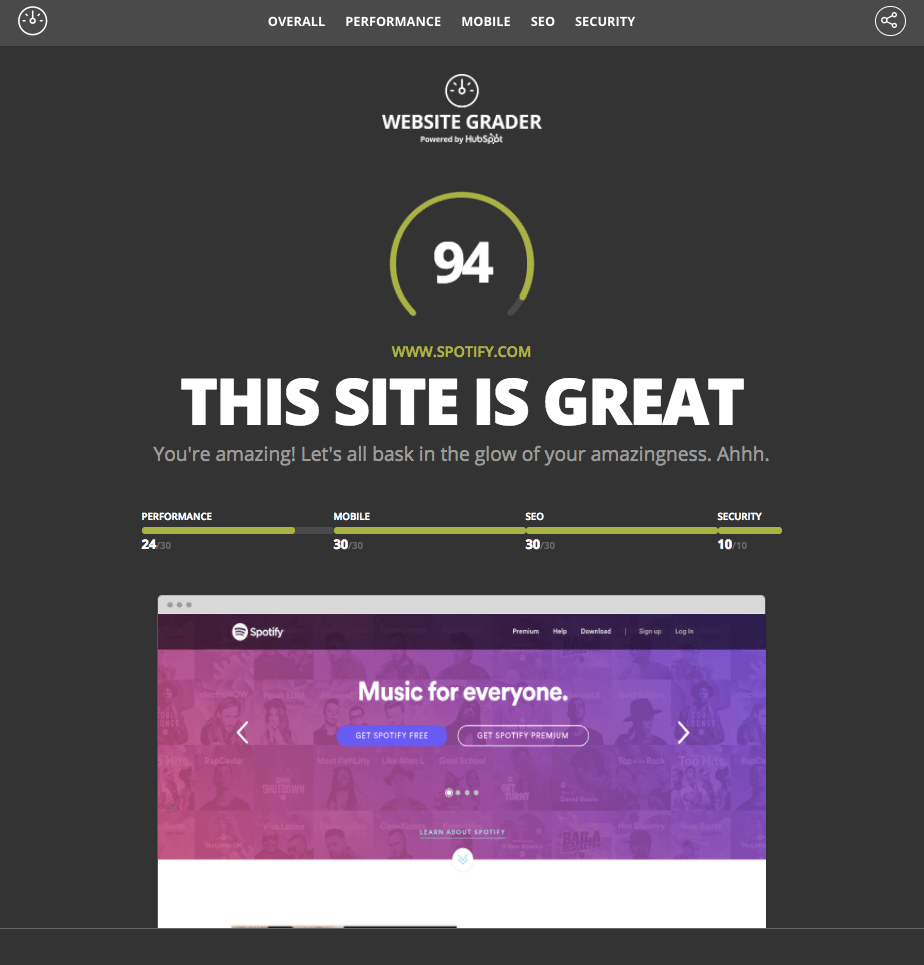
37. SharedCount
Want to see how your content (or anyone else’s, for that matter) has spread across the web? For sites that don’t display social media share button numbers, just paste the web address into SharedCount. Or use the multi-URL dashboard to enter lots of different web addressed and export a quick report.
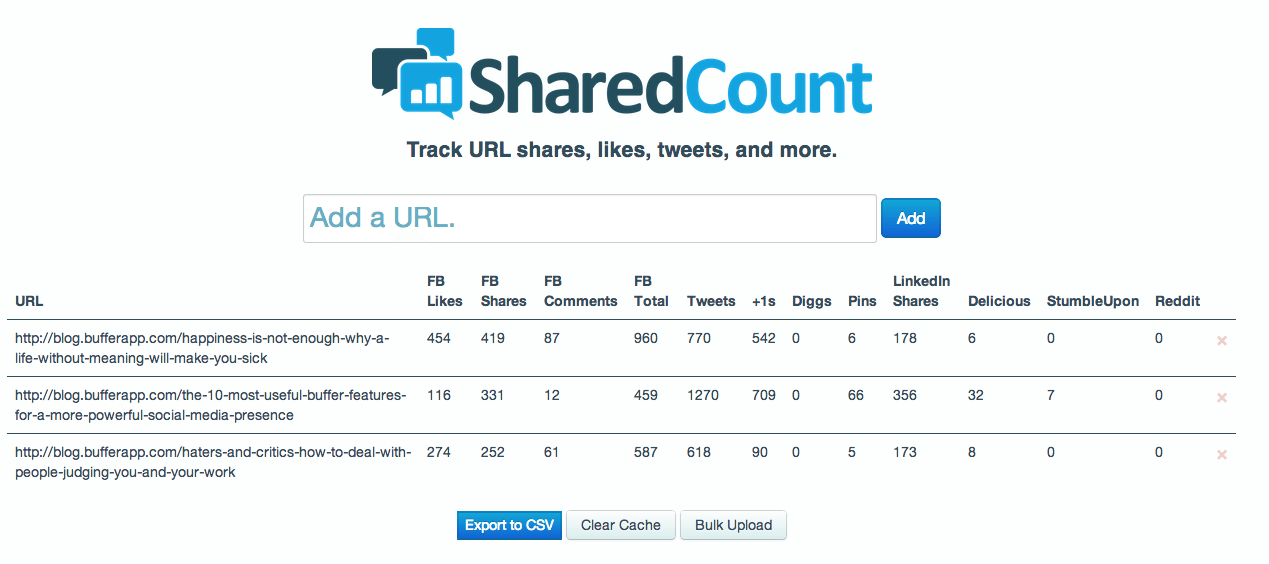
Over to you
Which of your favorite tools would you add to this list?
Did you notice any new ones that might be worth trying?
I’d love to hear from you about the free tools you’ve found most helpful and how you’ve put them to good use. Feel free to add any thoughts at all in the comments below. I’m looking forward to chatting!
Image & Post sources: Buffer, IconFinder, Death to the Stock Photo


